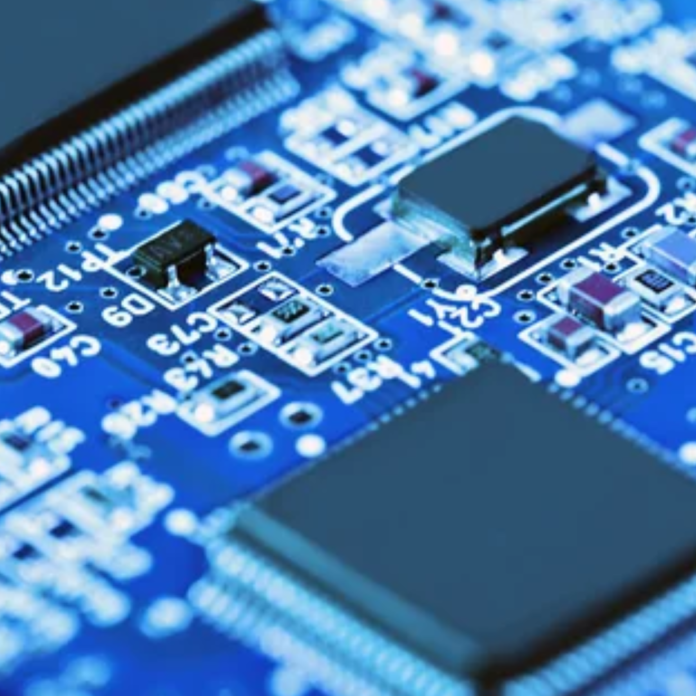In the realm of modern technology, the semiconductor industry stands as a pillar of innovation and progress. At the heart of this industry lie the semiconductor manufacturing materials, the unsung heroes that enable the creation of advanced electronic devices we rely on daily. In this comprehensive guide, we delve deep into the world of semiconductor manufacturing materials, exploring their significance, evolution, and impact on the technological landscape.
Understanding Semiconductor Manufacturing Materials
Semiconductor manufacturing materials encompass a diverse range of substances crucial for the fabrication of semiconductor devices. These materials play a pivotal role in various stages of the semiconductor manufacturing process, from wafer fabrication to packaging and assembly. Key materials include silicon wafers, photoresists, chemicals for etching and cleaning, packaging materials, and more.
Evolution of Semiconductor Materials
The evolution of semiconductor materials has been instrumental in driving technological advancements. Early semiconductor devices primarily utilized germanium and silicon as semiconductor materials.
Materials Used in Ultra High Purity Piping
Stainless Steel
Stainless steel piping systems are often electropolished to achieve a smooth, clean surface that minimizes the risk of contamination.
PTFE and PFA
Polytetrafluoroethylene (PTFE) and perfluoroalkoxy (PFA) are fluoropolymer materials known for their exceptional chemical resistance and non-reactive properties. These materials are often used in UHP piping systems for transporting aggressive chemicals and gases, ensuring the purity of the fluids being transported.
PVDF
PVDF piping is commonly used in the semiconductor industry for transporting high-purity chemicals and ultrapure water.
Installation and Maintenance Practices
Welding and Joining Techniques
Orbital welding is a preferred technique for joining stainless steel UHP piping systems, providing high-quality, consistent welds with minimal contamination risk.
The Prefabrication Installation Process
Here is an overview of the typical process:
Design and Planning: The process begins with the design and planning phase, where architects and engineers create detailed plans and specifications for the prefabricated components.
Manufacturing: This involves cutting, assembling, and finishing the components according to the specifications. The factory setting allows for precise manufacturing, reducing the risk of errors and defects.
Quality Control and Inspection: Quality control is a critical aspect of prefabrication installation services. Each component undergoes rigorous inspection and testing to ensure it meets the required standards.
On-Site Assembly: The final step in the process is the on-site assembly of the prefabricated components. Skilled workers use cranes and other equipment to lift and position the components, assembling them according to the design plans. This step requires precision and coordination to ensure the components fit together seamlessly.
Role of Semiconductor Materials in Innovation
Semiconductor manufacturing materials serve as enablers for cutting-edge innovations across various industries. The development of advanced materials has fueled the progress of technologies like 5G communication, artificial intelligence, Internet of Things (IoT), and autonomous vehicles. These materials empower the creation of faster, smaller, and more efficient semiconductor devices, driving the digital revolution forward.
Sustainable Practices in Semiconductor Materials Manufacturing
As the demand for semiconductor devices continues to rise, there is a growing emphasis on sustainability within the industry. Manufacturers are implementing eco-friendly practices in material sourcing, production processes, and waste management. Recycling initiatives for semiconductor materials and the adoption of green manufacturing technologies are becoming prevalent, contributing to a more sustainable semiconductor ecosystem.
Real-World Applications of Prefabrication Installation Services
Residential Buildings: The speed and cost-effectiveness of prefabrication make it an ideal choice for residential projects.
Commercial Projects: Prefabrication installation services are advantageous for a number of our commercial projects, including hotels, retail establishments, and office buildings. The ability to complete these projects quickly and efficiently is a significant advantage in the competitive commercial real estate market.
Educational Institutions: Schools and universities often face tight construction schedules to accommodate academic calendars. Prefabrication installation services allow for the rapid construction of classrooms, dormitories, and other facilities, minimizing disruptions to the learning environment.
Future Trends and Innovations
Emerging technologies like quantum computing, silicon carbide (SiC) for power electronics, and novel materials for next-generation memory devices are at the forefront of innovation.
The Future of Semiconductor Solutions
These innovations will unlock new capabilities, drive economic growth, and pave the way for a smarter, more connected world.
Conclusion: Shaping Tomorrow’s Technology
Semiconductor manufacturing materials are the bedrock of technological progress, driving innovation across industries and shaping the future of technology. As we venture into an era of interconnected devices, AI-driven solutions, and sustainable practices, the role of semiconductor materials will remain pivotal.

